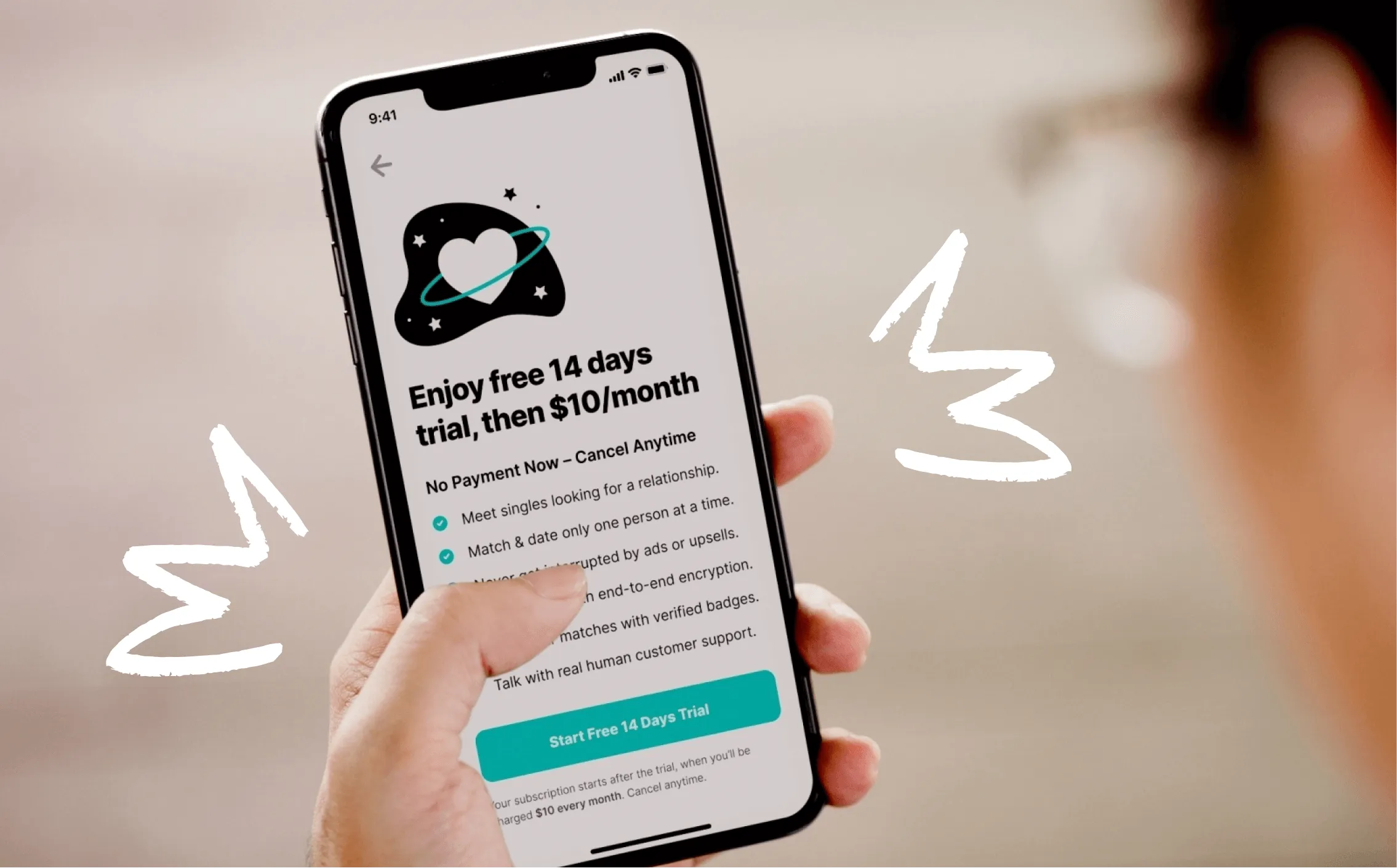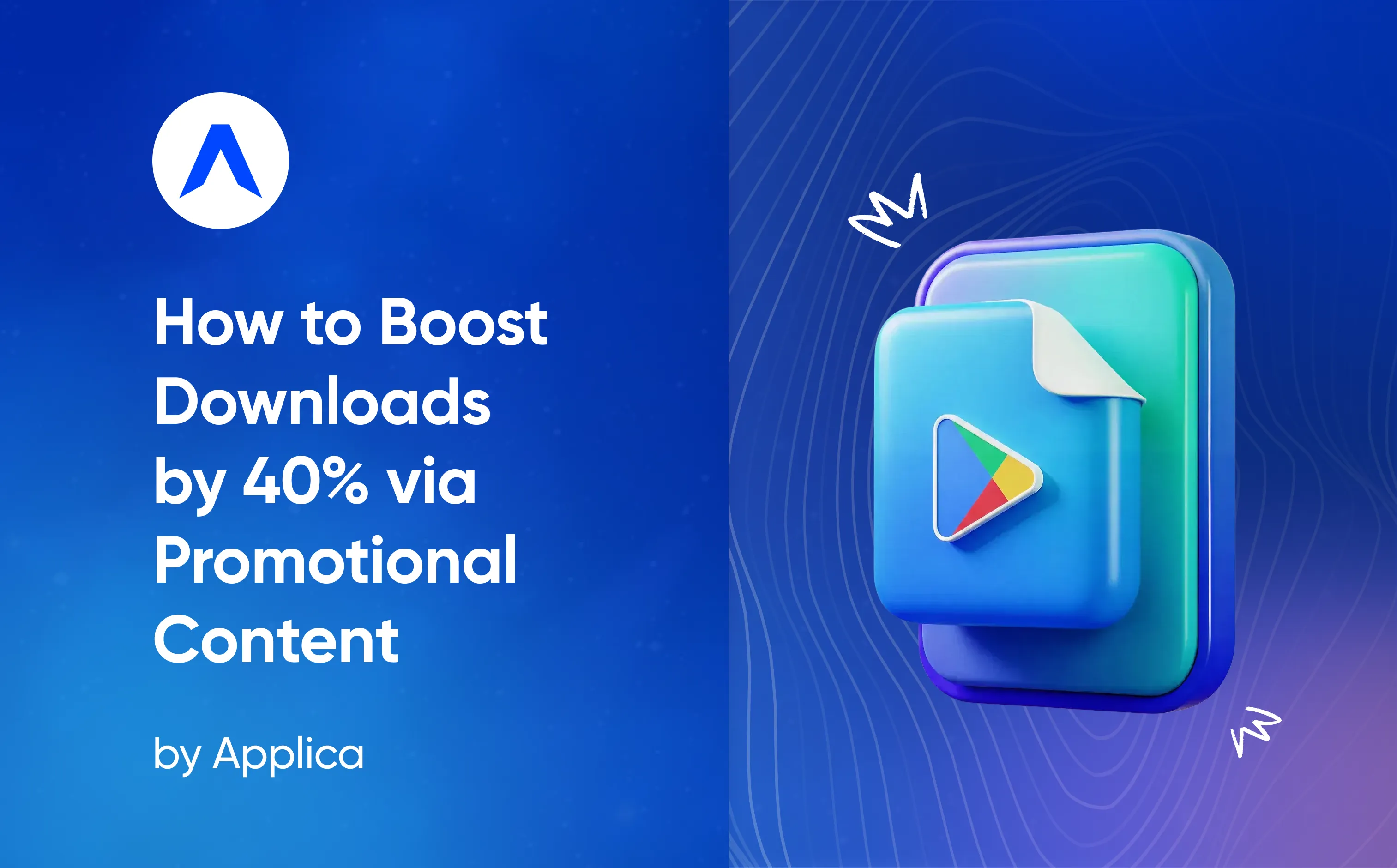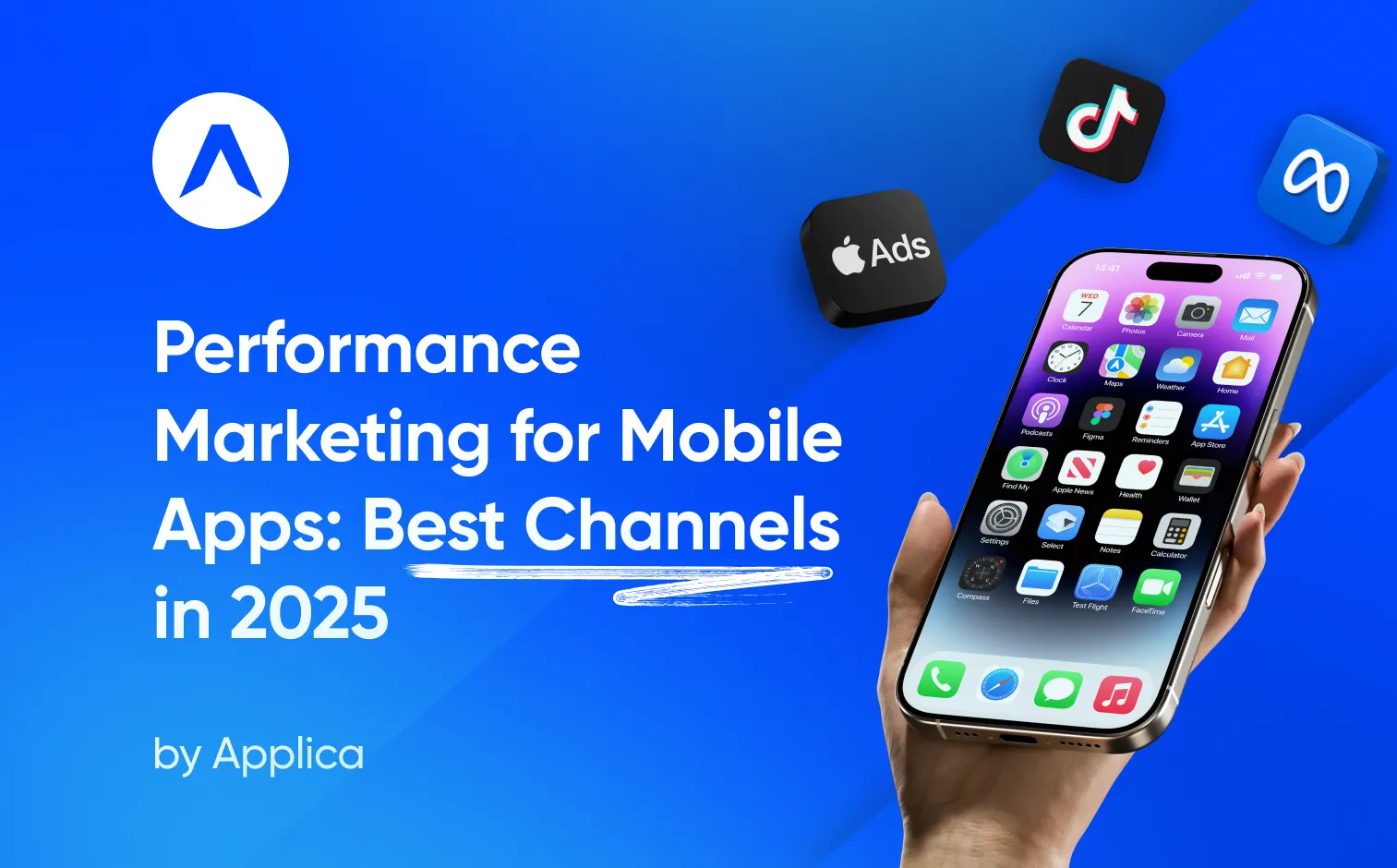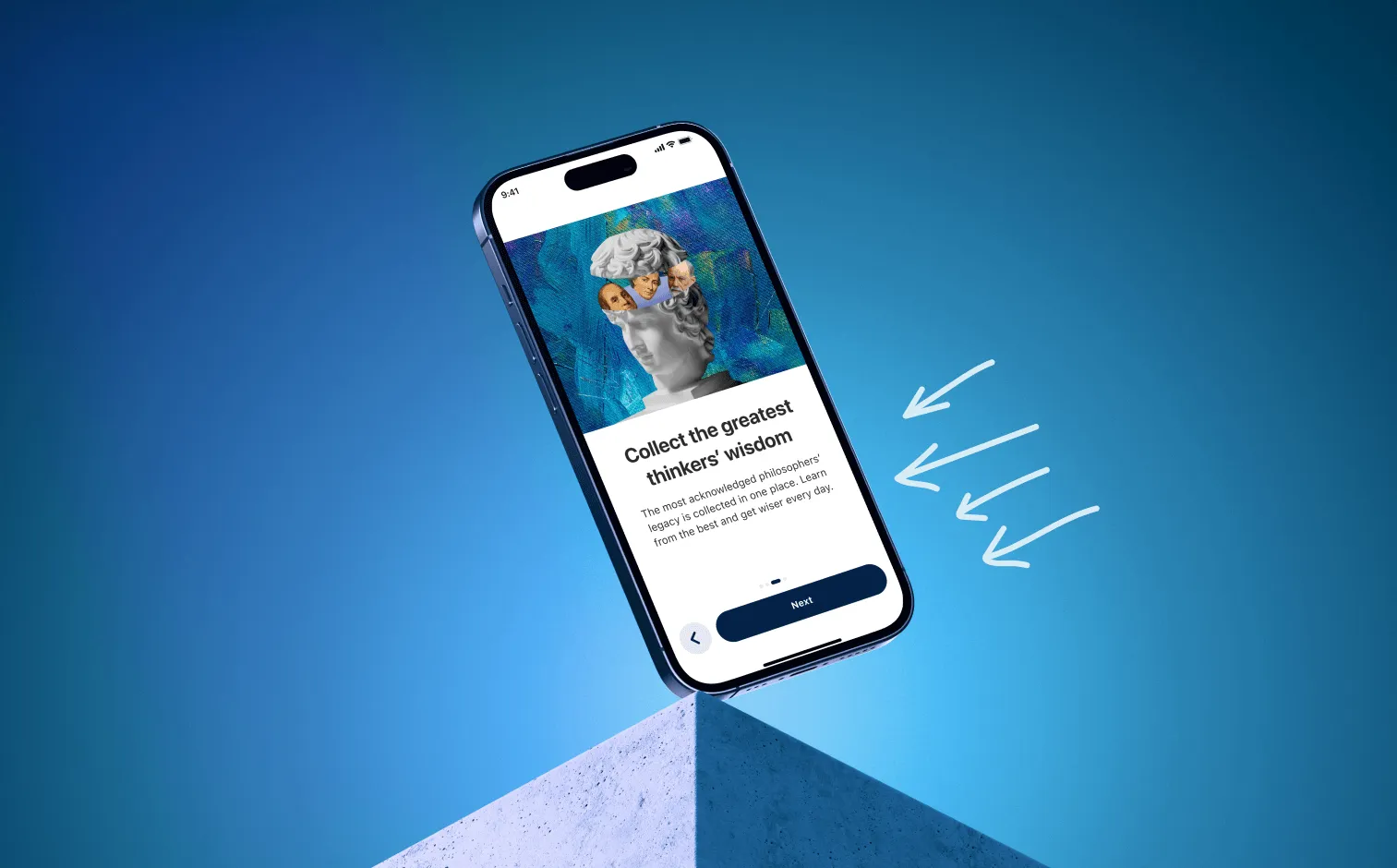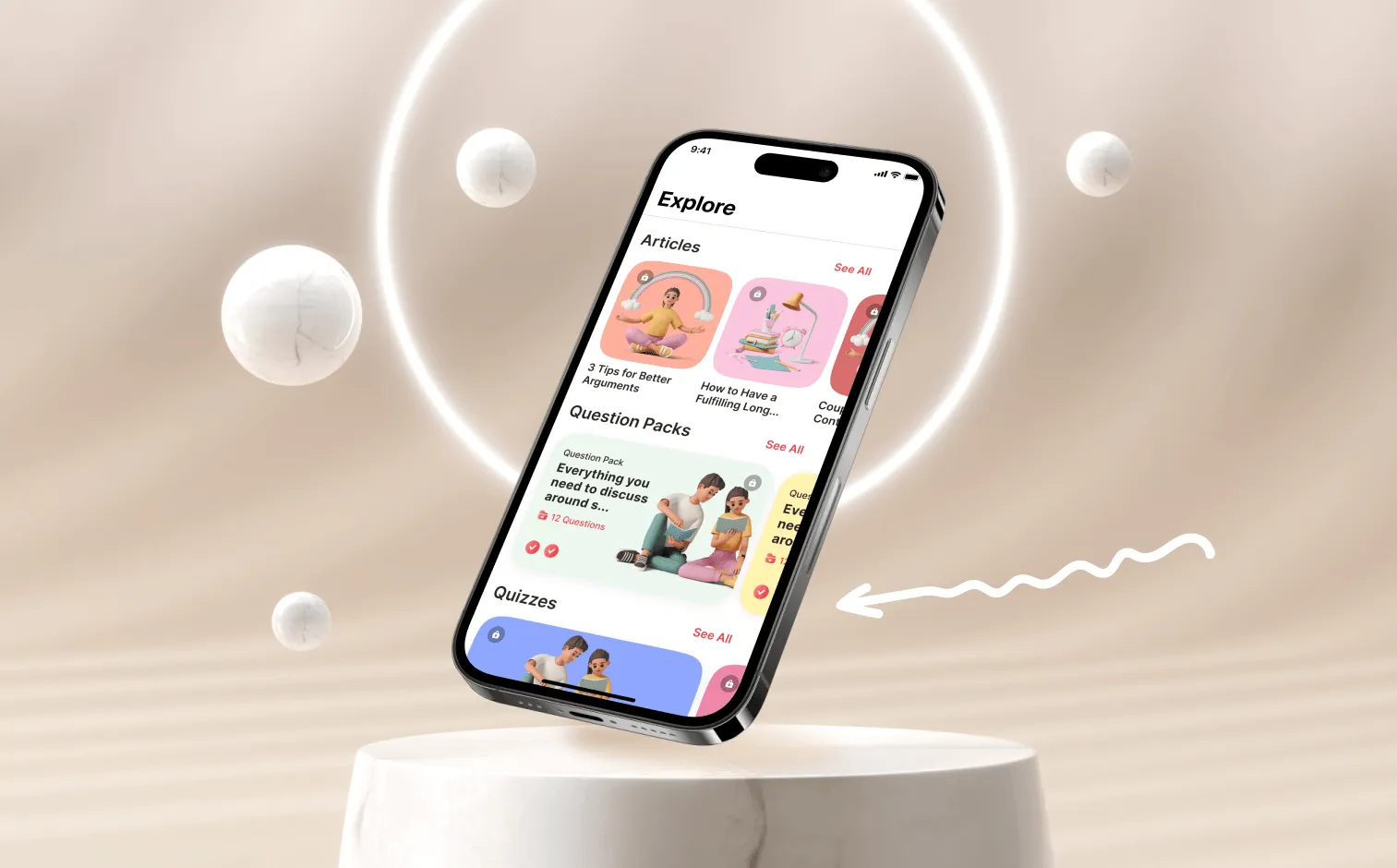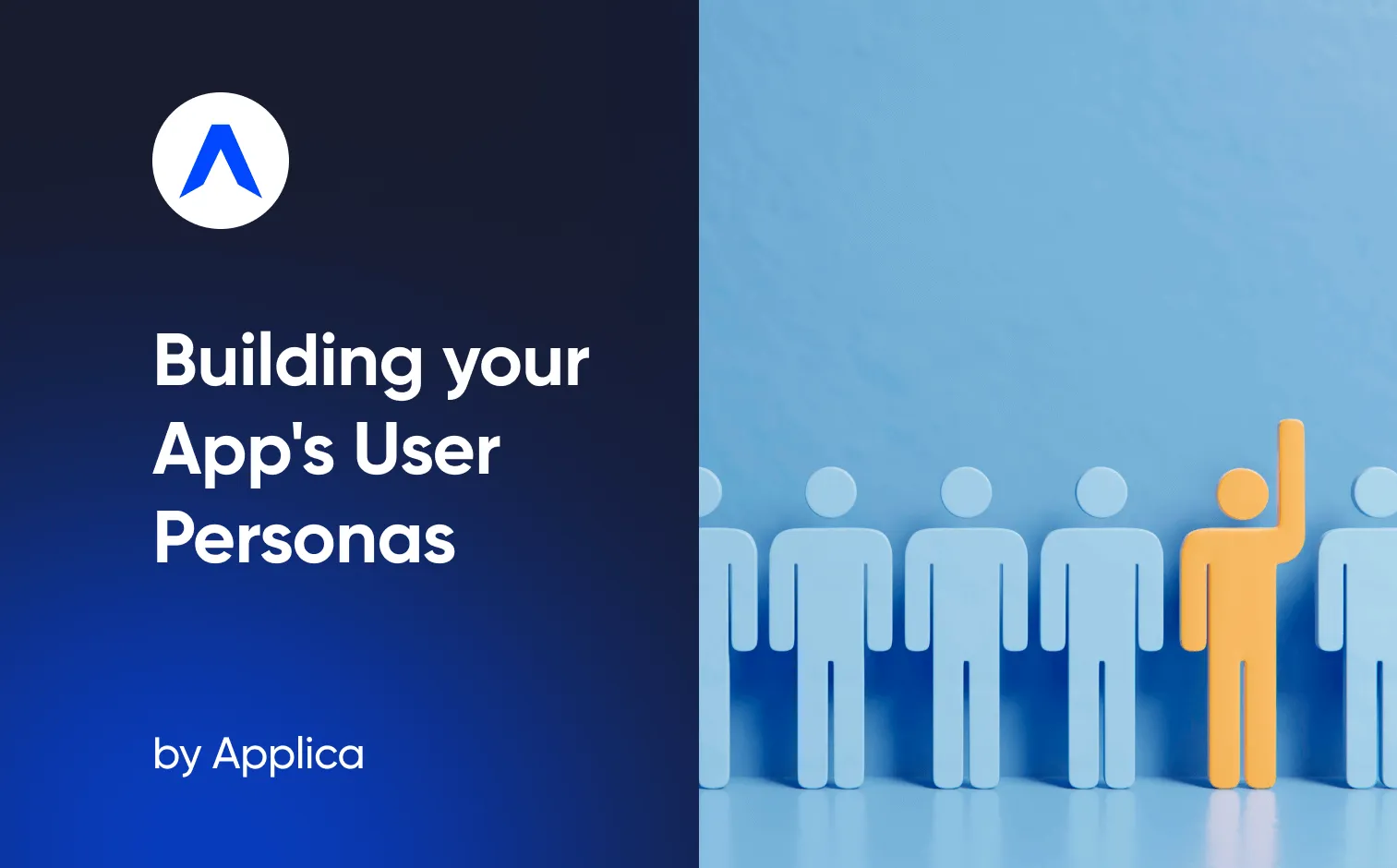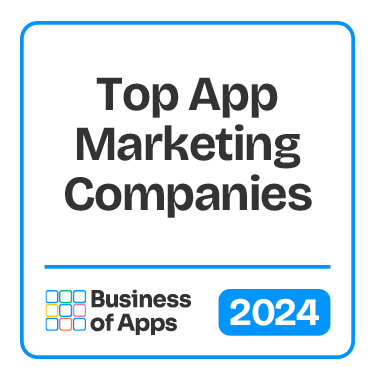What is a Mobile Paywall and Why Do You Need It?
A mobile paywall is a digital payment system that is integrated into an app or website. It provides an additional layer of security for online transactions and helps to protect customers from malicious activity. The mobile paywall helps to protect users from fraud and identity theft by requiring a one-time payment for access to the app or website. It also helps to ensure that only authorized customers can access the content, giving you total control over who can view what. In addition, it helps to generate revenue for the app or website and can help to increase customer engagement, as customers are more likely to pay for access to a service or product.
5 Best Practices for Designing a Paywall That Converts
Clear Subscription Value Proposition
Clear Subscription Value Proposition is a paywall design best practice for apps that helps app developers to monetize their app without sacrificing user experience. It allows app developers to create a subscription-based revenue model that is tailored to their app’s unique user base. This subscription model allows app developers to establish a set of services and features that users can access with a recurring fee. This is beneficial to both app developers and users as it provides users with access to the services and features they need while app developers get a consistent and reliable stream of revenue.
Clear Subscription Value Proposition also helps app developers to better understand their users by tracking user activity and providing insights into customer behavior. This allows app developers to better tailor their subscription packages to their user’s needs. Additionally, it helps to ensure that app developers are providing their users with the best possible experience, as it helps them to adjust pricing models, features, and customer service accordingly.
Transparency in Billing Terms and Prices
Transparency in billing terms and prices is an important subscription paywall design best practice for apps. By providing clear and concise information on billing terms and pricing, customers can make informed decisions about whether or not they want to purchase an app or subscription. This helps build trust between the customer and the app developer, as customers can see exactly what they're paying for. Furthermore, clear billing terms and prices can help reduce customer confusion, as it eliminates any potential misunderstandings between customers and the app developer.
Transparency also means that customers are more likely to pay for the app or subscription if they know what they are getting for their money. This is because customers will be able to make an informed decision about the value they are receiving for their money. If customers can understand the exact cost of the app or subscription, they are more likely to feel confident in their purchase and be willing to pay for it.
Minimum Requirements for Permission to Play
The minimum requirements for permission to play in paywalls are typically set by the paywall provider and vary depending on the service or product being offered. Generally, the minimum requirements may include:
- Age: The paywall provider may require that users be at least of a certain age before they are allowed to play.
- Payment Method: The payment method could be a credit card, debit card, or another electronic payment system.
- Account Creation: Paywall providers typically require users to create an account with them in order to gain access to the paywall.
- Terms of Service: The terms of service typically include details on the type of content that is allowed on the paywall, as well as any restrictions or conditions regarding the use of the paywall.
- Privacy Policy: The privacy policy typically outlines how the paywall provider collects, uses, and shares user information.
- Verification: This verification process could include providing a photo ID, entering a code sent via email or SMS, or other methods.
Use of Design Elements for Effective Communication
The first step in designing an effective paywall is to make sure it is easy to understand and navigate. A clear and concise layout, clearly labeled buttons will make it easy for the user to understand what they need to do to make a purchase.
It is also important to make sure that the user is not overwhelmed with too much information. This can be accomplished by using visually appealing graphics and typography to communicate the message more effectively.
Finally, use secure payment methods, such as PayPal or Apple Pay, and by providing a clear refund policy. Additionally, providing user reviews can help to further demonstrate the trustworthiness of the paywall.
Clear Indication of Trial Length
Trial length is a paywall design best practice for apps that gives users the opportunity to test out the features, try out the interface, and experience the app before making a decision to commit to a subscription or purchase. This helps to reduce the risk of users feeling they’ve wasted money on a product they don’t like or don’t use.
It should be obvious to users how long they have to try the app before they are asked to make a payment. This helps to prevent any misunderstandings or frustrations that could arise from users believing they were entitled to more time than was actually offered.
The trial length should be tailored to the app and its features. It should be long enough to allow users to experience all the features, but not so long that users forget about the app or become bored with it.
Anatomy of a Mobile Paywall Design
Number of Products Displayed
The number of products displayed in the anatomy of a mobile paywall design depends on the specific platform and the user's preferences. On some platforms, such as Apple's App Store, the user can see all the available apps and purchase them directly from the store. On others, such as Google Play, they can choose to view and purchase specific products or services.
In general, the anatomy of a mobile paywall design should include a clear and concise display of the products or services being offered. This should include pricing, descriptions, and other relevant information. Other features, such as promotional images, video previews, and reviews, can help to make the page more engaging and visually appealing.
Weekly, Monthly, or Yearly Plans
Weekly plans can be used to offer customers limited-time access to content such as videos, audio clips, or articles for a set price. This allows customers to pay for only the content they wish to access, while also creating an incentive to purchase a larger plan if they find themselves needing to access more content.
Monthly plans are ideal for offering customers long-term access to content such as videos, audio clips, or articles for a set price. This allows customers to pay for only the content they wish to access, while also creating an incentive to purchase a larger plan if they find themselves needing to access more content.
Yearly plans are perfect for mobile paywall designs that require long-term access to premium content. Customers can choose to pay for the content for a certain amount of time, such as a year or longer, or they can pay a one-time fee to access all of the content for that year.
Pricing and Introductory Offers
Pricing and introductory offers are key components of any mobile paywall design. Pricing can be determined in a variety of ways, such as a flat fee or a subscription model. Introductory offers are also a great way to entice customers to sign up. Introductory offers can include discounts, free trials, or other incentives.
When setting pricing, you should make sure it is competitive with similar services and products. You should also consider the value of the content or service you are providing to ensure that customers are getting a fair deal.
When designing introductory offers, make sure that they are enticing and relevant to potential customers. It’s also important to consider the impact of the offer on your bottom line. For example, if you are offering a free trial, make sure that the trial period is long enough for customers to experience the value of your product or service
Social Proof and Incentives
Social proof and incentives are two key elements in the anatomy of a mobile paywall design. Social proof helps to create a sense of trust between the user and the app, which can help encourage them to purchase a subscription. Through user reviews, ratings, and other forms of social proof, potential users can gain a better understanding of the app and build trust with it.
Incentives are also important in mobile paywall design. They give potential users a reason to subscribe, such as exclusive content or discounts. Incentives can also be used to reward existing subscribers, encouraging them to continue subscribing and promoting the app. This allows the app to maximize its revenue potential and reach a wider audience.
Personalization of Paywall
The personalization of paywall in the anatomy of a mobile paywall design is an important feature that allows businesses to tailor their paywall to their target audience. By personalizing the paywall experience, businesses can ensure that their customers are getting the best possible experience for their money. Personalization can be achieved through various methods, such as segmenting users by demographic or behavioral data, or by providing different tiers of access depending on the user’s needs and interests.
Personalization of the paywall can also be achieved by providing users with different options for payment. This could include providing users with options for one-time or recurring payments, or allowing users to purchase in-app purchases. This allows businesses to tailor their pricing structure to their target audience and provide them with the best possible value for their money.
Calculating Cost and Comparison for Users
When it comes to designing a paywall for an app, there are a few factors to consider when calculating the cost and comparing it to other options. First, you need to consider the types of users you are targeting. Do they prefer a flat-rate subscription or do they prefer to pay for individual features? Also, you need to consider the cost of the features you’re offering. Are they expensive or inexpensive? How much will it cost for users to upgrade or purchase additional features?
Once you have a better understanding of your user base and the cost of features, you can then begin to compare the cost of your paywall to other options. This can be done by looking at the cost of other apps and services, specifically those targeting the same demographic. Consider the cost of a subscription, the cost of individual features, and the overall value of the service.
Finally, you need to think about how you will communicate the cost of your paywall to users. Will you use in-app messaging, email marketing, or some other method? How will you make sure users know the cost of the features they are purchasing? Will you include a breakdown of the cost of each feature?
Paywall Texting and Its Benefits
Paywall Texting is a new technology that allows businesses and organizations to charge customers for access to their websites and services through text messages. This technology is a way to monetize content without having to rely on advertising or pay-per-click models. With paywall texting, customers are sent a text message with a link to a website where they can purchase access to a particular service or website. The customer pays a fee to access the content and the business or organization receives the payment.
The benefits of paywall texting are numerous. This type of technology is an effective way to monetize content while still providing customers with access to the content they desire. It also helps businesses and organizations save time and money by eliminating the need for traditional marketing and advertising methods. Additionally, paywall texting allows businesses and organizations to measure customer engagement and gain valuable insights into how customers interact with their content. This helps them make informed decisions about how to best serve their customers.
Analytics and A/B Testing Experiments for Paywall Design
Analytics and A/B testing experiments are essential in the design of paywalls. A paywall is a form of digital gatekeeping that requires online users to pay to access content. By using analytics and A/B testing, organizations can measure the effectiveness of their paywalls and optimize the design to maximize revenue.
Analytics can provide insight into how users are responding to the paywall. This can include data such as the number of visitors that hit the paywall, the percentage of visitors that convert to paying customers, and the average amount of money spent. This data can be used to see which designs are more effective and which need to be improved.
Conclusion: Implementing Best Practices for a Successful Mobile Paywall
Implementing best practices for a successful mobile paywall is essential for any mobile business. By implementing best practices, businesses can ensure that their mobile paywall is efficient and secure. Best practices for a successful mobile paywall include using a third-party payment processor, setting up a secure payment gateway, and offering customer support. Additionally, businesses should make sure that their mobile paywall is compatible with all major mobile devices and offer multiple payment options. Finally, businesses should always keep their paywall up-to-date with the latest security measures and provide customers with a clear and easy way to understand the terms and conditions of the paywall. By taking the time to implement these best practices, businesses can ensure that their mobile paywall is secure and successful.



